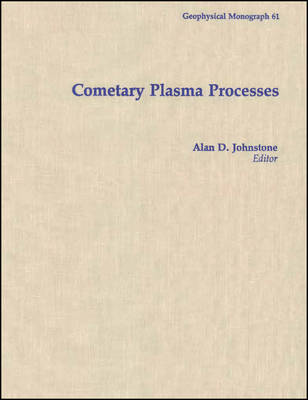Geophysical Monograph
1 total work
Cometary Plasma Processes
Published by the American Geophysical Union as part of the Geophysical Monograph Series, Volume 61.
Since Explorer 1 discovered the Earth's radiation belts more than thirty years ago, there have been many opportunities to show the value of in-situ observations over remote-sensing when it comes to an understanding of the space plasma environment. When one of the inner solar system's regular visitors was due to make its once-in-a-lifetime appearance in 1986 the opportunity was too important to be missed. For not only is comet Halley one of the most reliable comets it is also nearly two orders of magnitude larger than any other comet with a known period. Well before there was any visible trace of Halley's comet in the night sky, three of the big four space agencies were banking on that reliability and were preparing five spacecraft to make the journey to intercept the comet. Such activity acted as a spur to the ingenuity of the fourth agency who found a way to redirect one of their long-serving spacecraft and to win the race to be the first to a comet, albeit the smaller, and at the time virtually unknown, Giacobini-Zinner. Although a healthy spirit of competition infused the scientific and engineering teams working on the project at various levels, what mattered in the end was the global cooperation between the agencies and many ground-based observers which for example, enabled Giotto to reach the comet with one-tenth of the targetting error that had originally been predicted.
